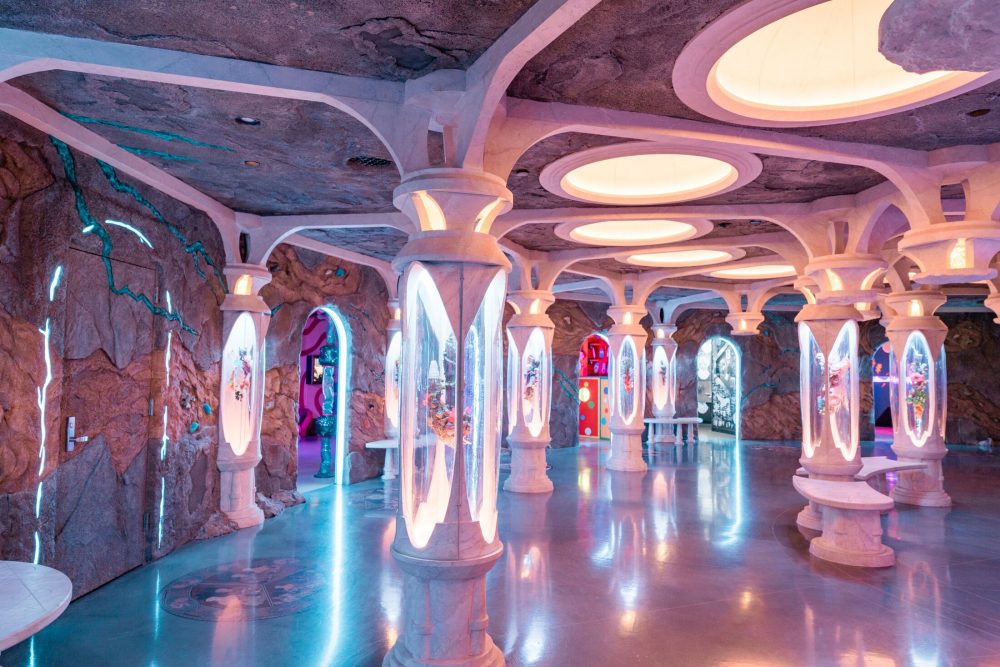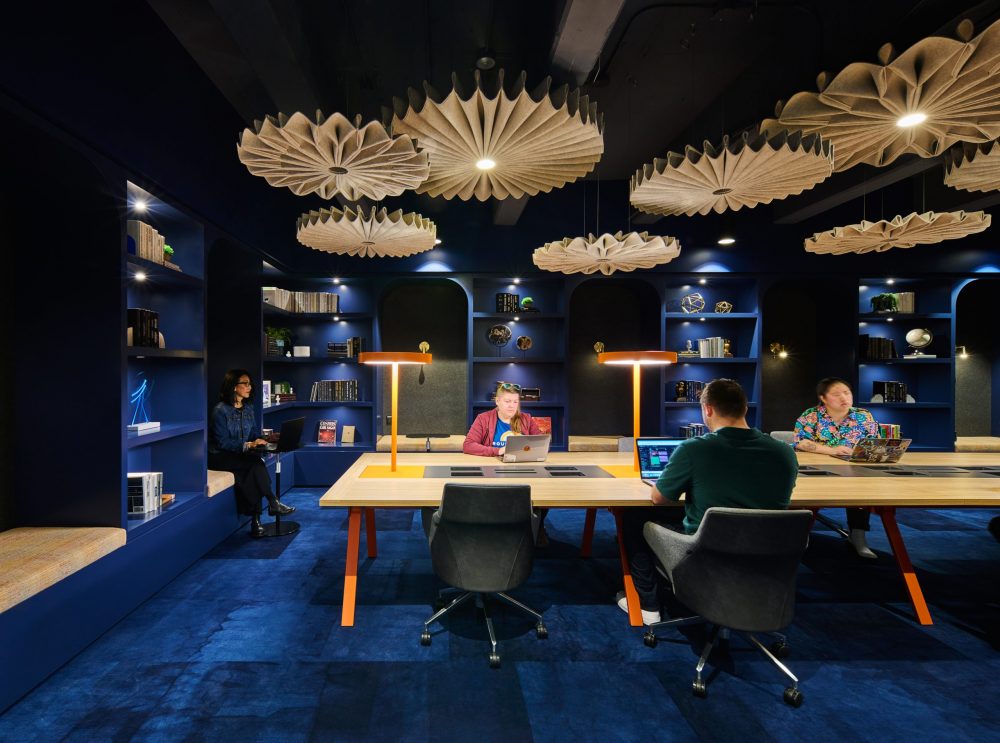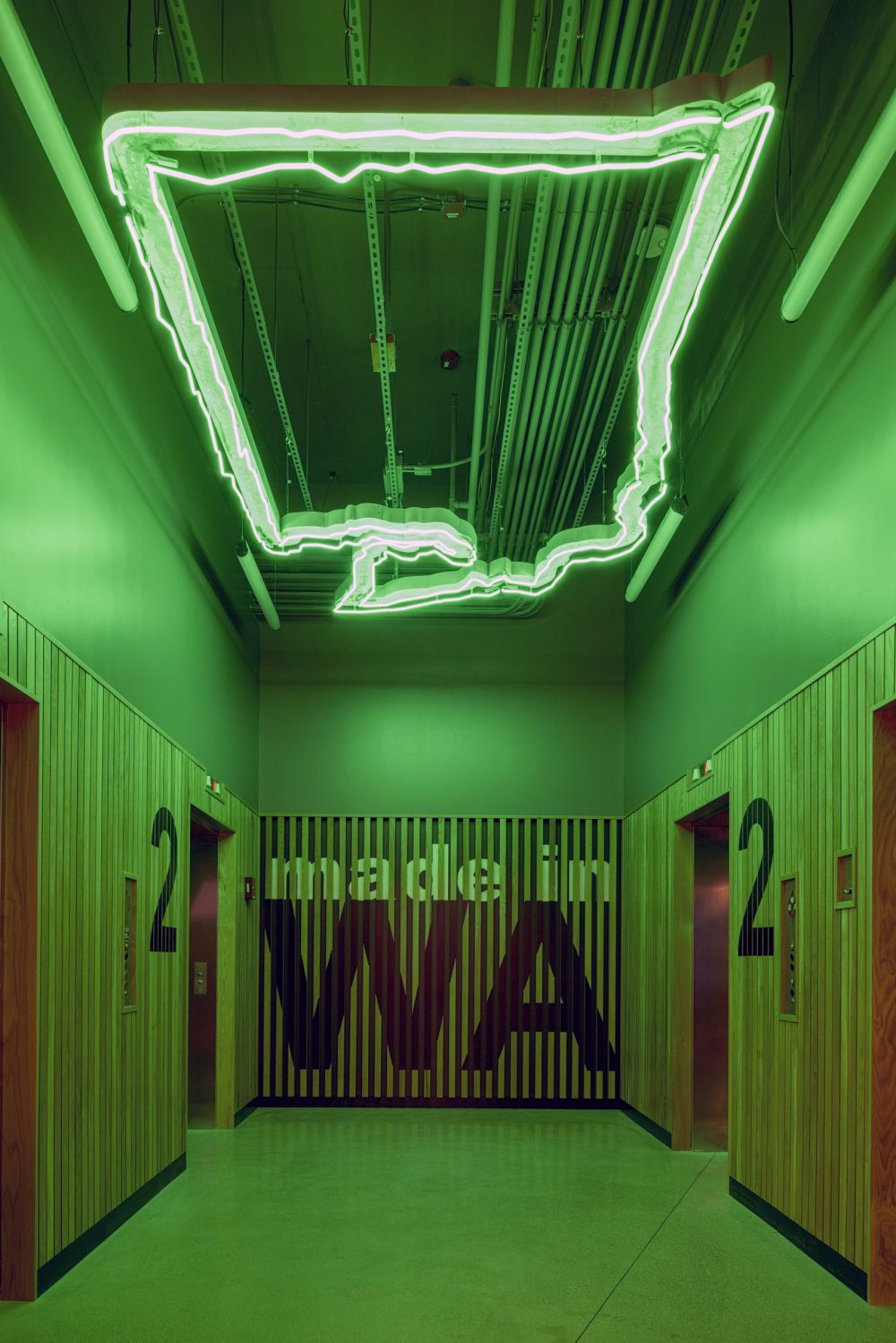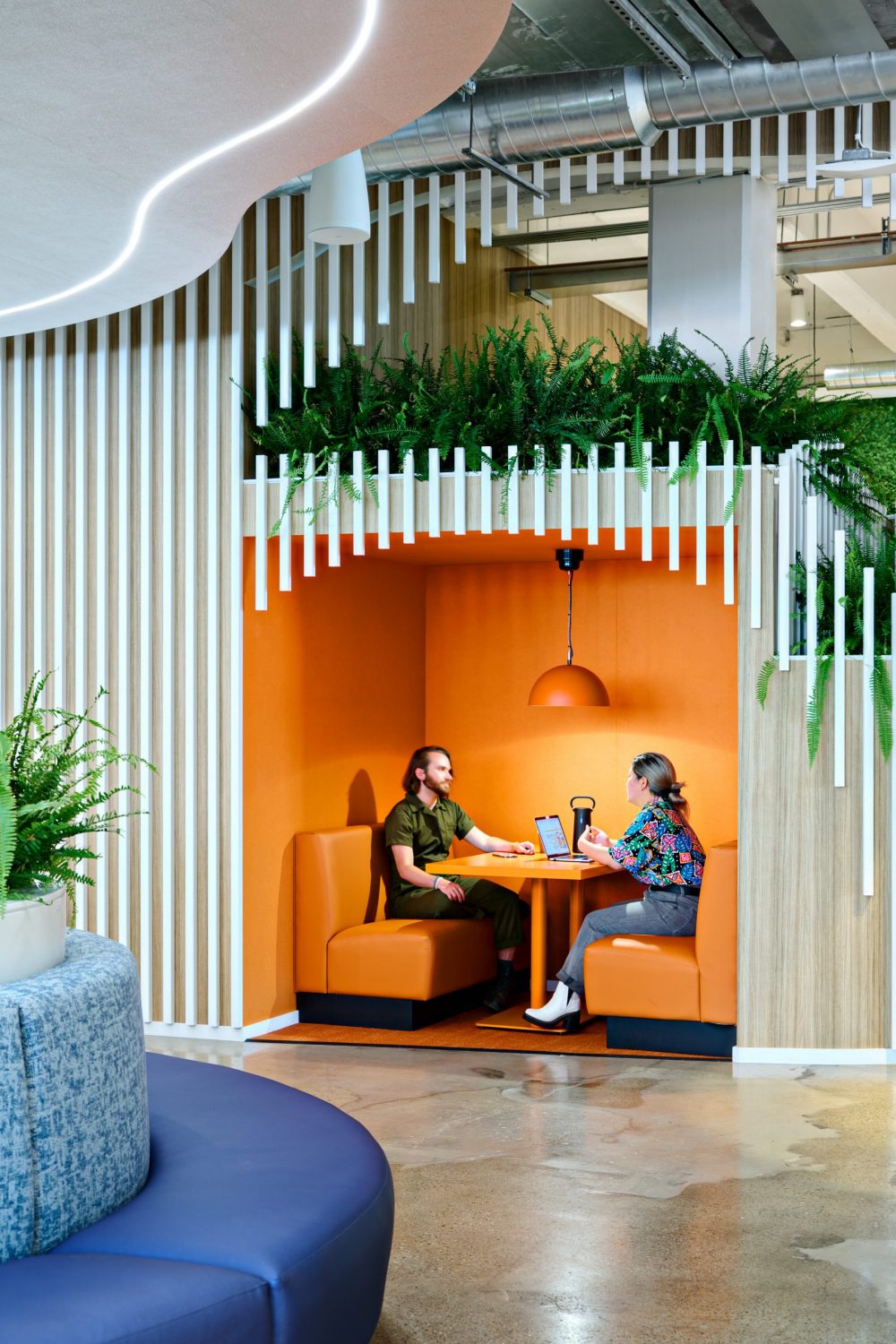The value of experience has soared in today’s modern society. What was once considered a luxury is now seen as the desired gift, a marker of status, and a baseline expectation. In a world filled with endless choices and constant stimulation, consumers have become more selective, gravitating toward experiences that guarantee time well spent.
Over the past decade, immersive pop-up experiences have captivated audiences searching for novelty and meaning. Meow Wolf exemplifies this trend, offering interactive, non-linear journeys that engage the senses and imagination.

Founded in 2008 as a Santa Fe art collective, Meow Wolf uses large-scale artist collaborations to create vibrant, multi-sensory environments. With bold visuals and thought-provoking narratives, each location invites curiosity and discovery.
Five years post-pandemic, workplace policies continue to shift toward more in-office time, hands-on mentorship, and in-person collaboration. As employers explore how to best make returning to the office feel valuable to employees, the conversation around purposeful workplace design is more relevant than ever. The popularity of immersive experiences like Meow Wolf prompts a timely question:
What can workplace design learn from immersive experiences to make the office worth going to?
Feeling Inspired?
The Author & her Firm, DLR Group is celebrating American Artist Appreciation Month by offering free tickets to any Meow Wolf location. Head to Instagram to see the details and enter today!
Multiple Choice
People crave choices. With immersive experiences, visitors navigate environments filled with countless paths and decisions, ensuring that no two journeys are alike. This mirrors the diversity of lived experiences guests bring with them where each person embarks on a personalized adventure. The spaces are intentionally designed to foster “choose your own adventure” moments, where the narrative unfolds based on individual interests and curiosity. In the process, visitors don’t just observe the exhibit; they become part of it.

Fluid Discovery
One constant in these exhibits is that nothing stays the same. Scenery, sound, and tactile elements shift as users move through spaces that expand, contract, and surprise. Ordinary objects become portals, nostalgia sparks recognition, and hidden clues build layers of mystery. There’s palpable joy in the unknown, and each step is a search for the puzzle piece that will unlock the next door.

Intentional Placemaking
At first glance, most Meow Wolf exhibits share a common aesthetic. Whether it’s bold, saturated color and light, or playful approaches to scale and oversized everyday objects, the spaces grab your attention and invite a sense of awe. Beneath the surface, each space tells a distinct story, inviting visitors to become a part of it. You might explore a suburban home revealing a family’s mysterious past or shop in a surreal grocery store stocked with uncanny goods. Each location balances the familiar with the unexpected, rooting itself in the local culture through collaborations with local artists. The result? An immersive experience that’s not only visually compelling but also deeply tied to place – blending storytelling, creativity, and highly Instagramable moments that linger long after the visit.

Shared Excitement
Immersive experiences are great for groups, offering solo exploration followed by shared reflection. These environments foster a sense of safety and connection, even when each person takes a different path. The joy of discovering the unexpected together lingers well beyond the trip, often shared through stories, knowing glances, or a simple smile. Even brief moments apart are unified by a collective sense of wonder and human connection.

Workplace Considerations
So why, as designers, do we hold ourselves back from bringing this spirit into the workplace? Why fear bold choices or cling to “timeless” design when we should be asking: Is it engaging enough? Budget and functionality matter, but so does creating space for trying new things, self-expression, and authentic connection.
Agency in our day-to-day lives is essential, and the value of choice is undeniable. How can we take the next step towards a choice-based workplace, one that fully embraces bold color theory, tactility, and intentional moments of discovery? Perhaps it starts by learning to romanticize the everyday, finding fulfillment and joy in ways we may not have thought possible at work.


